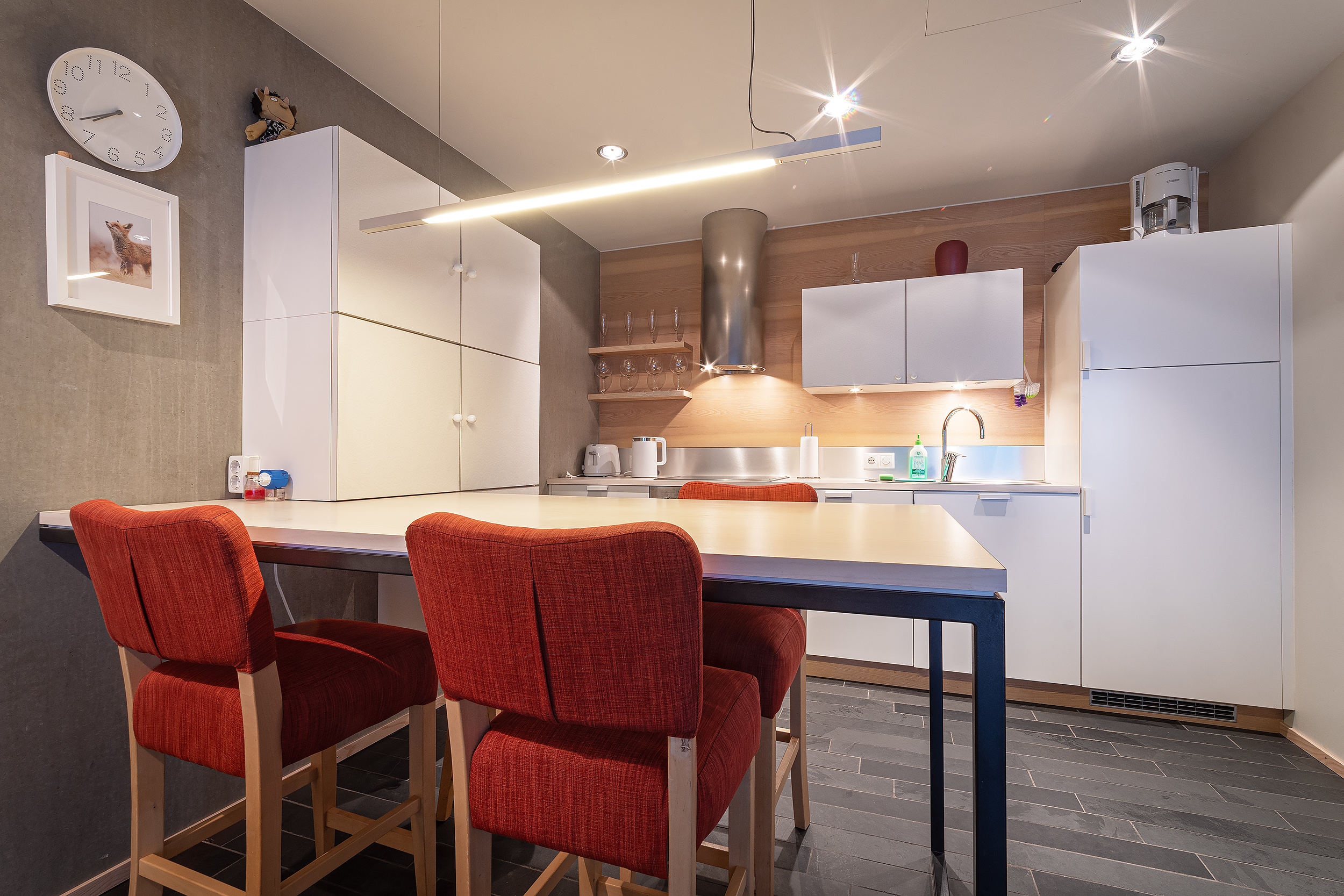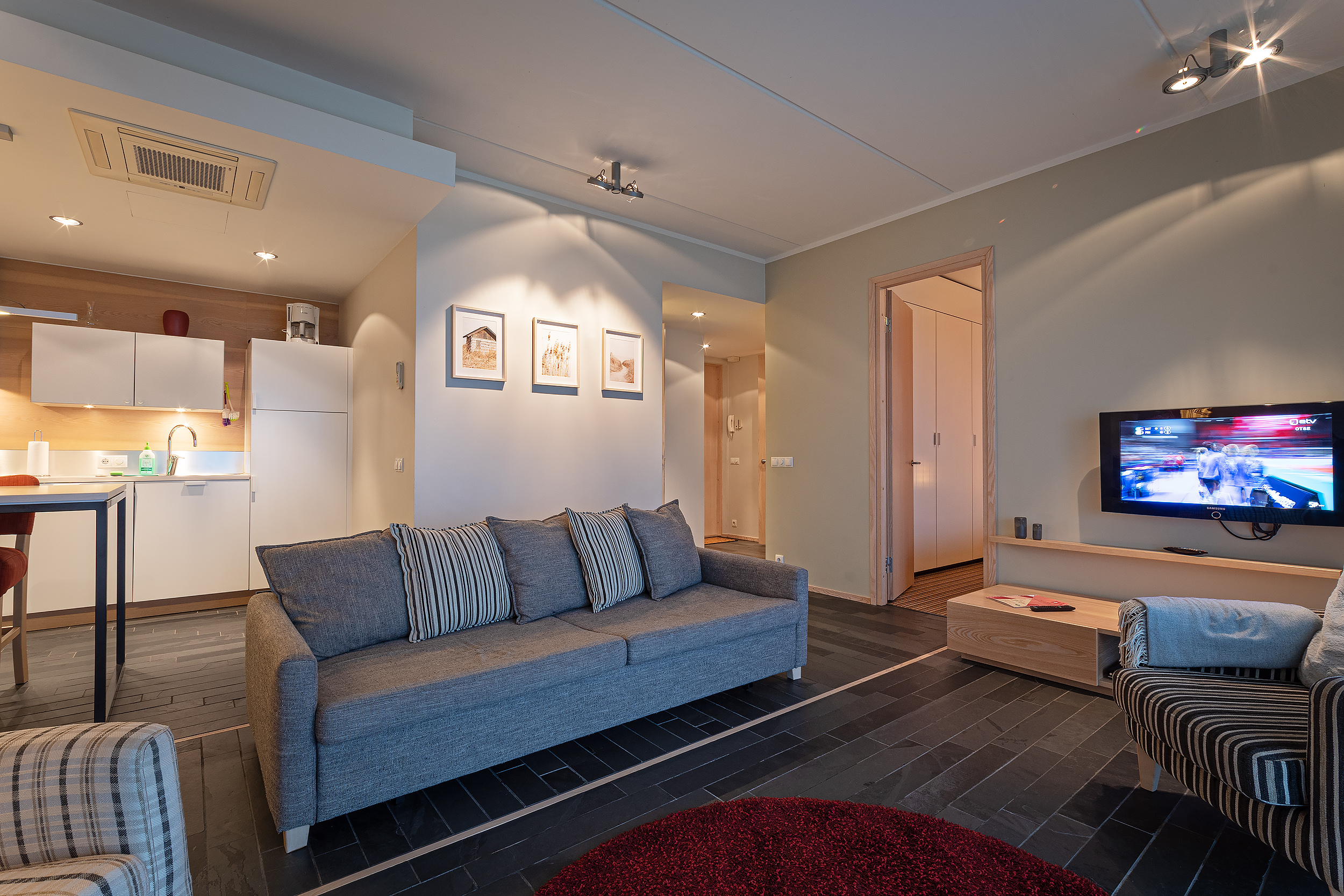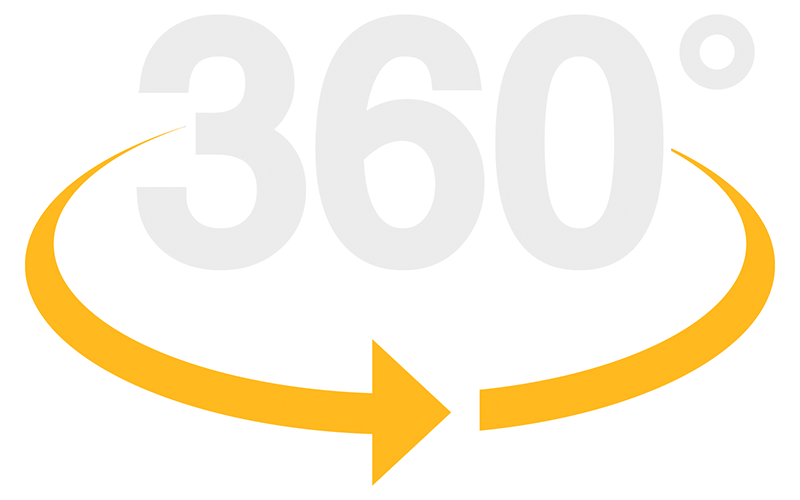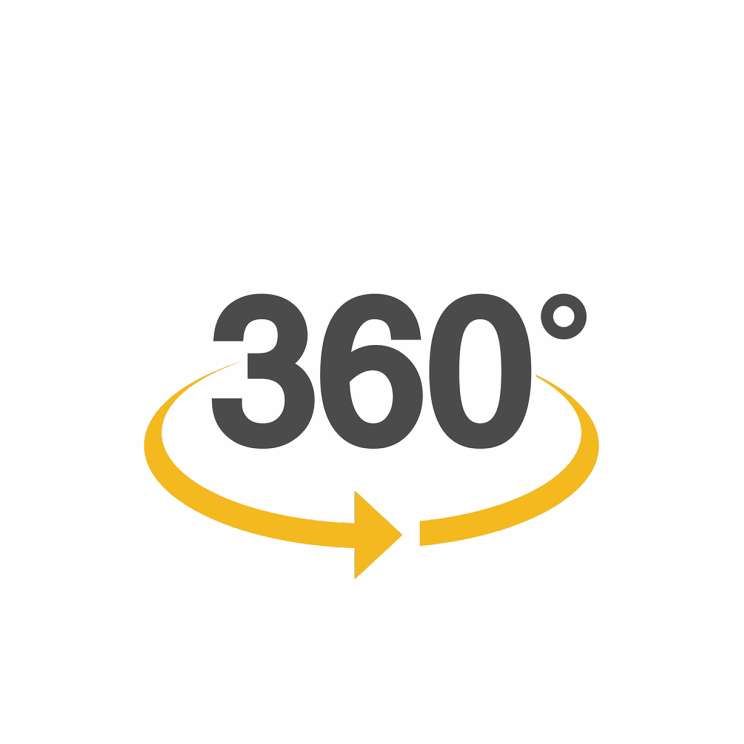why do you need this?
First of all, it’s beautiful. Secondly, one spherical panorama can replace dozens of regular photos. And thirdly, only 360VR gives the effect of presence.
Where does it work?
- on any website;
- on Facebook;
- on Google Street View;
- in many other places.
A panorama can be taken from the air, inside or outside. You can even clone people with it. But you DO NOT need this if you have nothing to show: if you don't have a restaurant, don't have a hotel, don't have a shop, don't have a museum, don't have cool ideas, don't... [insert your own option].
Still need it? Then check out my works. And afterwards, write: let's discuss!
contacts

a@in360.ee
1. How do I shoot panoramas?
2. How much does one panorama cost? From "free" to "very expensive", it depends.
Write to me: what needs to be captured, where, and when — we'll discuss. The location of the shoot doesn’t really matter. But I live in Estonia.
Briefly about myself: I have been into photography for a long time, and for the past ten years, I’ve been specializing in spherical photography. During this time, I have taken thousands of panoramas in various cities and countries. I have a "special" Google certification (if that means anything to you).
ps. how do I shoot panoramas?
For shooting, I use a Nikon camera with specialized lenses, a "large" kit (pictured above) or a "portable" kit (pictured below), which includes a tripod, a panoramic head, syncs, a flash, and other equipment. For aerial shots, I use a DJI drone.
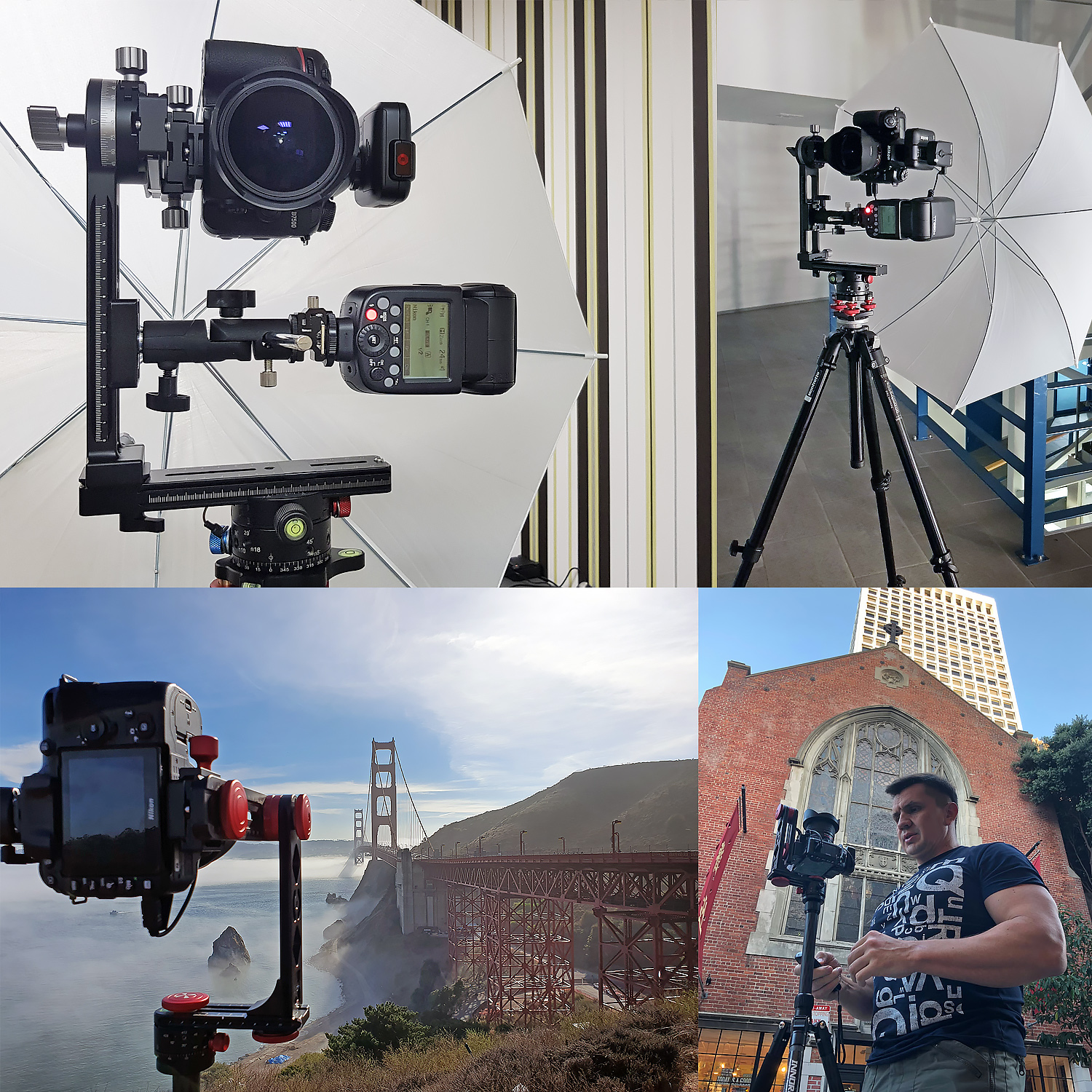
Occasionally, I use other equipment: for example, for shooting 360VR videos (very rarely), I use a specialized spherical camera such as QooCam or GoPro. When I need to shoot from heights where drones are not allowed, I use a multi-meter pole. Alternatively, I rely on portable solutions for underwater or extremely tight conditions. However, these are exceptions rather than the rule.
To capture a single 360VR panorama, I take 20 to 40 frames. I then process these frames in a photo editor before stitching them together using specialized software. Technically, this resembles quilting—assembling small pieces of fabric into a cohesive whole. This is the most complex, time-consuming, and meticulous part of the process.
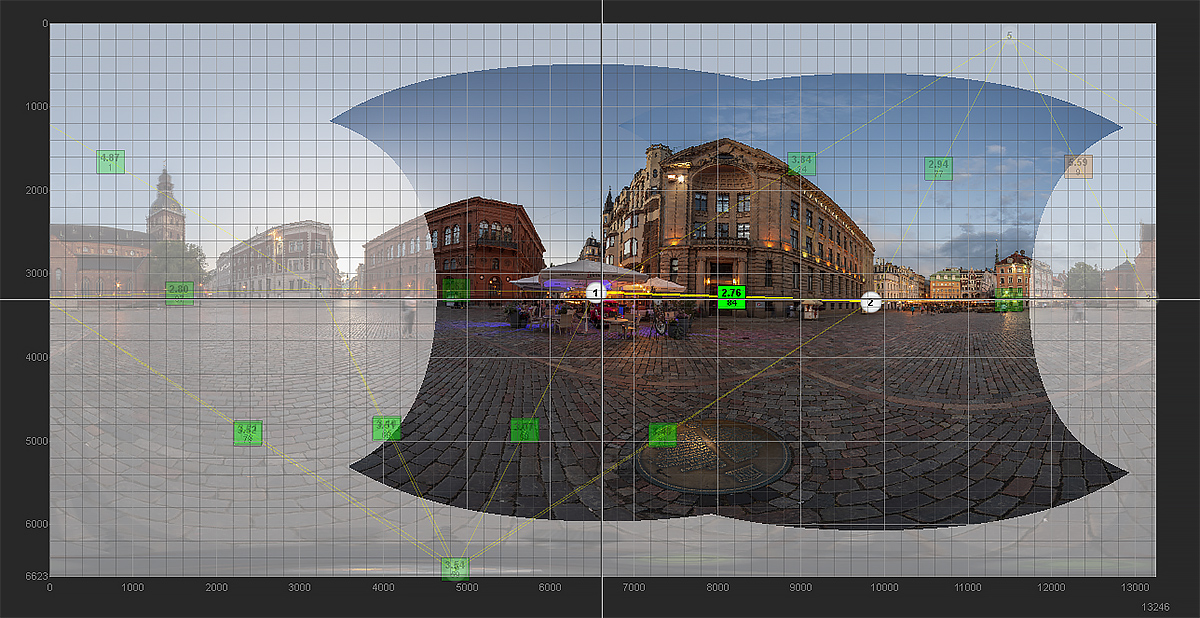
Next, I further edit the photo in the editor. The final step is creating a viewer to display the panorama in spherical format. A viewer is a small program for a website that converts a flat image into a spherical object.
Creating a single 360VR panorama usually takes up to 3 hours, with 95% of that time dedicated to post-processing.
In the end, the client receives the source panorama file (suitable for use on Facebook, Google StreetView, and other online services supporting 360VR) along with a viewer package for embedding the panorama on their website. Viewer customization is typically handled by the client's specialists (webmasters). Other conditions can be discussed separately.
The difference between such a 360VR panorama and one captured with a "360-camera" (Insta360, Ricoh Theta, Matterport, etc.) lies in the high photo quality and open format (for instance, the Matterport system requires proprietary solutions).
Standard file format and size: *.jpg, 13,000 x 6,500 pixels (84.5 megapixels). However, upon request, the file can be in a different format and much larger in size, as well as in one of several "flat" projections. For example:
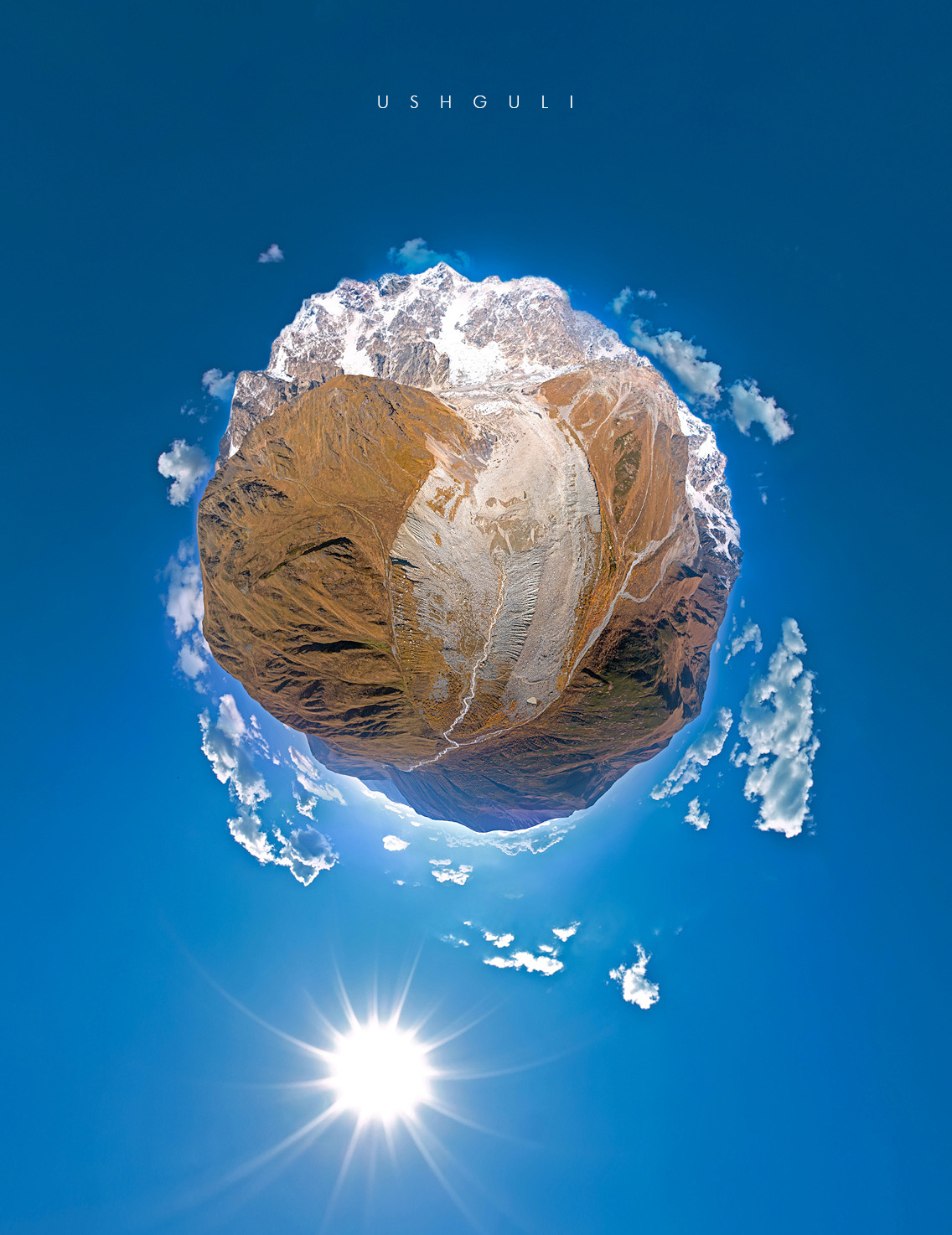
Typically, I focus exclusively on 360VR photography. However, if desired, I can capture interiors, exteriors, or aerial shots in standard "flat" format. For example:
